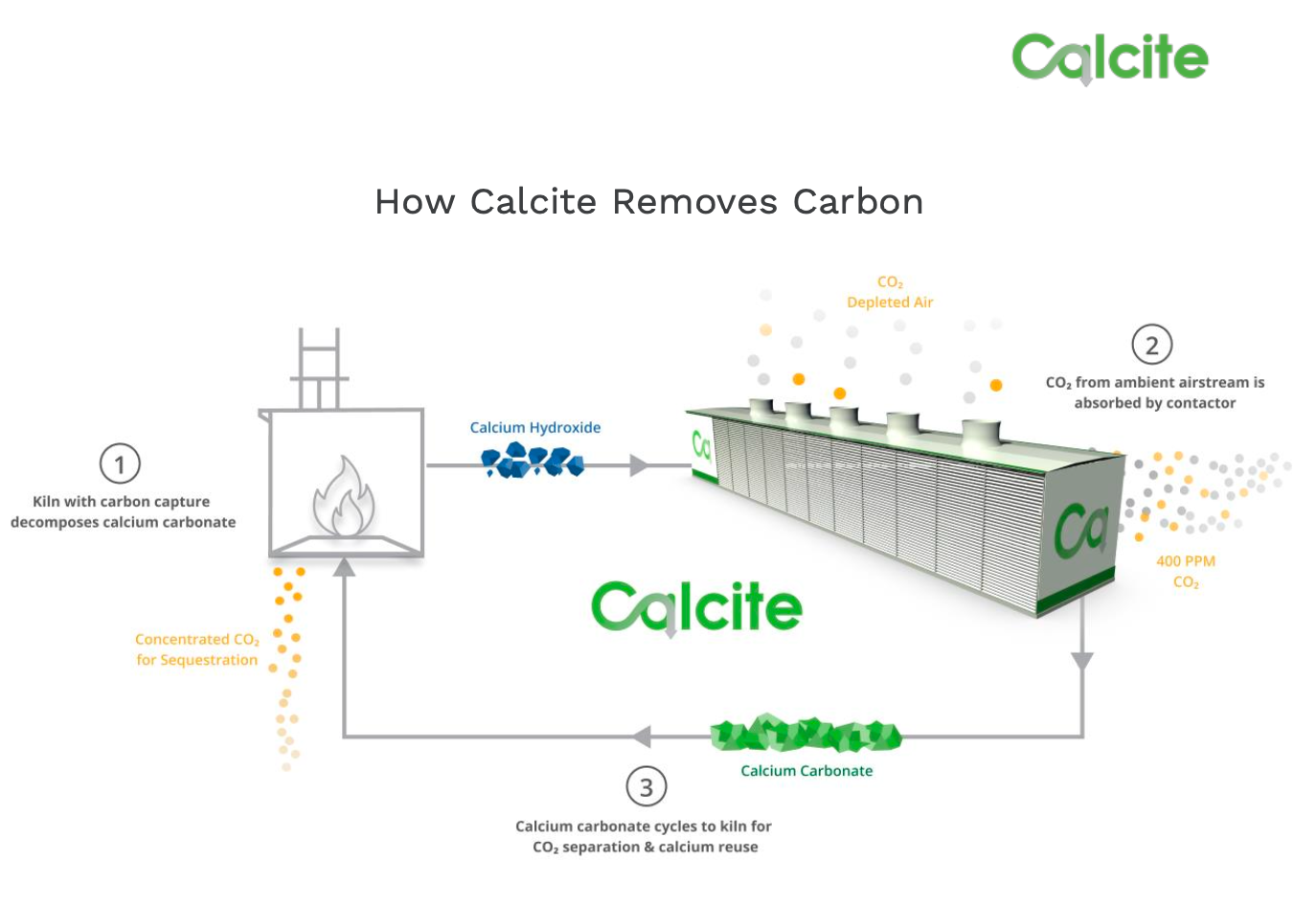
(Image: Anne Nygård/Unsplash)
Working to eliminate or reduce greenhouse gas emissions is critical in the fight against climate change, but we're already past the point that reductions alone will be enough, according to IPCC estimates. Global carbon emissions reached record levels in 2024 — and temperatures surpassed the crucial tipping point of 1.5 degrees Celsius above pre-industrial levels for 11 months of the year.
As such, climate scientists say removing greenhouse gases from the atmosphere is essential to avoid the worst impacts of climate change. But carbon capture is a contentious topic. Oil and gas majors used the promise of carbon capture at emissions-dense sites like power plants as a way to reach net zero, but advocates criticize the notion as a distract-and-delay tactic. Further, many of the operating or planned carbon capture projects associated with the oil and gas sector essentially convert captured carbon into fuel to power more oil and gas operations, so the chance for actually reducing emissions is unlikely.
Direct air capture, on the other hand, sucks carbon out of the open air. Some projects look to utilize the carbon to replace industrial or manufacturing materials that would otherwise be sourced from virgin petroleum. Others look to take the emissions "out of circulation" forever by storing captured carbon underground.
The technology has been slow to catch on because it requires large amounts of energy, is very expensive, and carries environmental risks connected with storage and transportation.
Direct air capture startups around the world are looking to crack the code by developing scalable versions of the technology that use less energy and drive costs down — and they’re starting to attract investment from major companies including Google, Microsoft, Meta and Salesforce.
“You are seeing a recognition globally of the importance of [direct air capture] to achieving long-term climate goals,” said Jennifer Diggins, vice president of public affairs at the clean technology firm 8 Rivers, told TriplePundit. “In order to actually reach the goals that are set forth in the Paris Accord — net zero by 2050 — you have to have a way to get rid of the legacy emissions that are in the air today.”
8 Rivers’ direct air capture system, Calcite, uses the chemical calcium hydroxide to capture carbon, significantly lowering energy use and associated costs. But just like in the wind and solar energy sectors 20 years ago, direct air capture developers often need cash infusions in the form of private investments and government subsidies to prove their systems function, provide value and can scale.

“It’s like any nascent technology,” Diggins said. “If you don’t have those federal incentives to help you drive down the cost while you de-risk the technology, you’re never going to get there. Like anything that we’ve seen in the energy space, every energy technology over the history of mankind has had government support in one way or another until it could stand on its own.”
Calcite received a grant from the U.S. Department of Energy’s $3.5 billion Regional Direct Air Capture Hubs program — which aims to demonstrate air capture technology at commercial scale and build up the infrastructure to suck at least 1 million metric tons of carbon dioxide out of the atmosphere each year. The biggest short-term challenge is reducing the cost of captured carbon, which currently ranges from $250 to $600 per metric ton, she said.
“The only way that is going to happen is to see more companies like the Microsofts, the Metas, et cetera, investing in this space and being willing to have higher risk tolerance to get these technologies where they need to be,” Diggins said.
The Department of Energy’s hub model brings project developers and businesses together to create a nationwide network of direct air capture sites, laying the foundation for the industry with backing from the federal government. The department announced an additional $1.8 billion in funding for the program in December 2024.
Diggins said she is optimistic about the future of direct air capture technology and its potential impact.
“The Biden administration, and their support, and the funds that they have made available are truly game changing. Like any technology, the next few years are going to be absolutely critical to deployment,” Diggins said. “But the innovation that you are seeing at a company level and the passion you’re seeing around this is really significant, and the industry is growing and thriving.”

Gary E. Frank is a writer with more than 30 years of experience encompassing journalism, marketing, media relations, speech writing, university communications and corporate communications.














